Steppe Bison
- December 29, 2023
- 0 comment
The steppe bison, scientifically known as Bison priscus, is an extinct species of bison that once roamed the vast steppes of Eurasia during the Pleistocene epoch. Identified through fossil remains, the steppe bison shared common ancestry with the contemporary American bison but displayed distinct characteristics. Physically, it was a robust and large herbivore, characterized by a massive hump over its shoulders, long, curved horns, and a sturdy build adapted to the harsh conditions of the Ice Age. The steppe bison played a crucial role in the ecosystem, shaping the landscape through its grazing habits and influencing the dynamics of the ancient megafauna community.
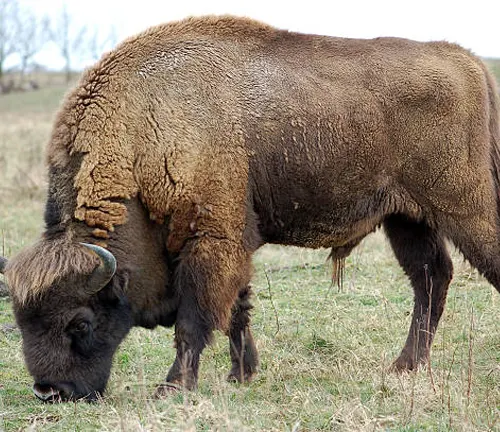
The species range of the steppe bison extended across a broad expanse, encompassing the grasslands and open habitats of Europe and Asia. Fossil evidence indicates that these massive herbivores thrived in diverse environments, from the icy tundra of Siberia to the temperate grasslands of western Europe. Their adaptability to a range of ecosystems highlights the evolutionary success of the steppe bison during a time of climatic fluctuations. Unfortunately, like many other megafauna of the Pleistocene, the steppe bison faced extinction, likely due to a combination of climate change, human hunting, and other ecological factors. Despite its disappearance, the steppe bison’s legacy endures through paleontological discoveries, shedding light on the rich biodiversity that once characterized the ancient steppe landscapes.
| Aspect | Description |
|---|---|
| Scientific Name | Bison priscus |
| Common Name | Steppe Bison |
| Period | Pleistocene Epoch (Approximately 2.5 million to 11,700 years ago) |
| Physical Characteristics | Robust build, large size, distinctive hump over shoulders, long and curved horns |
| Habitat Range | Grasslands and open habitats of Europe and Asia |
| Geographical Range | Across the Eurasian steppes, from the icy tundra of Siberia to the temperate grasslands of western Europe |
| Behavior | Herbivorous, likely grazed on grasses and other vegetation |
| Ecological Role | Influential in shaping the Pleistocene ecosystem through grazing habits and interactions with other megafauna |
| Extinction | Became extinct, possibly due to a combination of climate change, human hunting, and ecological factors |
| Legacy | Fossil evidence contributes to our understanding of ancient ecosystems and biodiversity |
An Insight into its Fascinating Biology
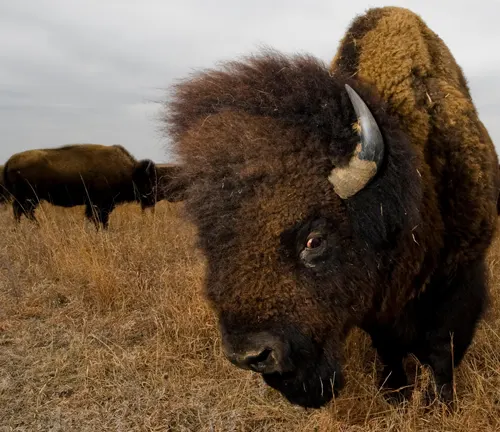
The Steppe Bison, scientifically known as Bison priscus, stands as a testament to the incredible biodiversity that once graced the Eurasian steppes during the Pleistocene epoch. In this exploration, we delve into the general biology of this majestic creature, shedding light on its distinctive physical characteristics and evolutionary adaptations that allowed it to thrive in diverse environments.
A Saga of Survival
Reproduction played a pivotal role in the life of the Steppe Bison, contributing to the sustainability of its species. From mating rituals to the nurturing of offspring, this article unravels the intricacies of the reproductive cycle, highlighting the strategies employed by these ancient herbivores to ensure the continuity of their lineage.
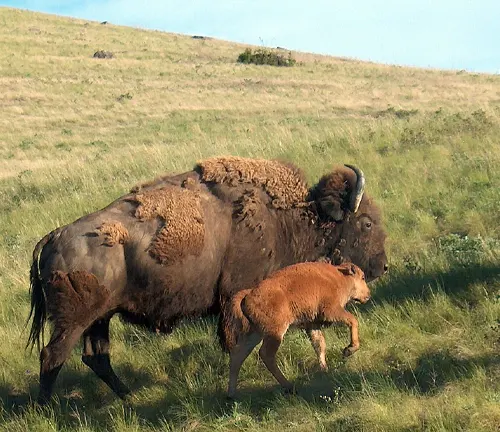
Dynamics of a Megafauna Herd
An exploration into the behavior of the Steppe Bison reveals a complex social structure and communication system. This article delves into the herd dynamics, social hierarchies, and the ways in which these massive herbivores interacted with each other and their environment, providing insights into their behavioral adaptations for survival.
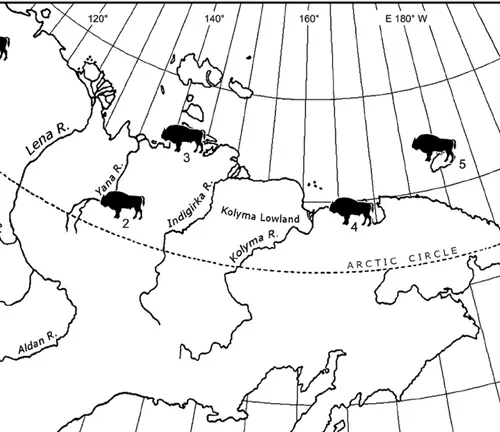
Roaming the Vast Steppes
From the icy tundra of Siberia to the temperate grasslands of western Europe, the Steppe Bison showcased remarkable adaptability to various habitats. This article examines the geographical range and habitat preferences of the species, offering a glimpse into the landscapes that once echoed with the thunderous footsteps of these colossal herbivores.
Grazing Through Time
At the heart of the Steppe Bison’s survival was its dietary preferences and grazing habits. This article explores the food habits of these ancient herbivores, detailing the plant species that constituted their diet and the ecological impact of their grazing on the Pleistocene landscape.
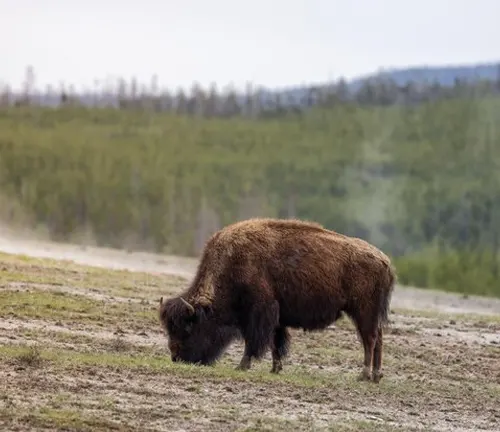
The Symphony of the Steppe
Although silent now, the Steppe Bison once contributed to the symphony of the ancient steppes through vocalizations, leaving behind tracks and signs that tell a story of their presence. This article delves into the auditory and visual aspects of the Steppe Bison’s existence, providing a glimpse into the communication methods and traces they left behind.
Distribution of the Steppe Bison
The vast steppes of Eurasia bore witness to the expansive distribution of the Steppe Bison. This article maps out the geographical range of the species, exploring how environmental factors influenced their distribution and the impact their presence had on ecosystems across different regions.
Different Species
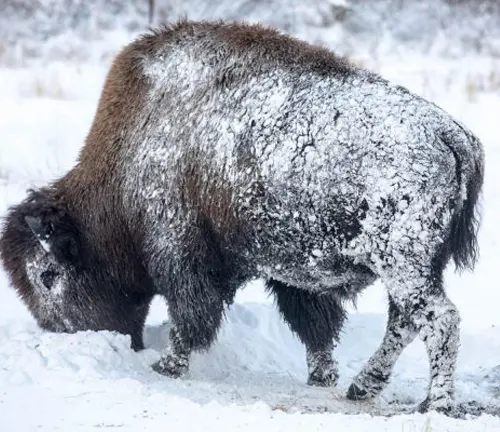
Wood Bison
(Bison bison athabascae)
The Wood Bison is a subspecies of the American Bison (Bison bison).
It primarily inhabits the boreal and subarctic regions of North America.
Plains Bison
(Bison bison bison)
Another subspecies of the American Bison, the Plains Bison, is found in the grasslands and prairies of North America.
It historically played a significant role in the ecosystem of the Great Plains.
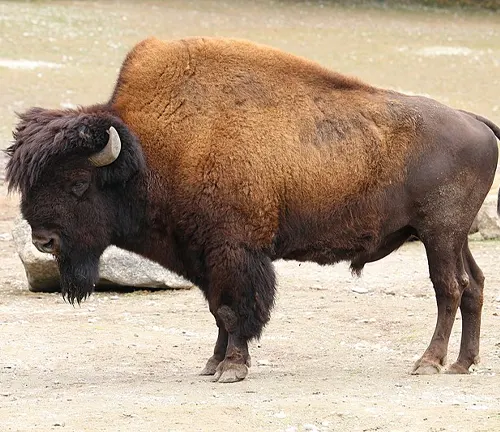
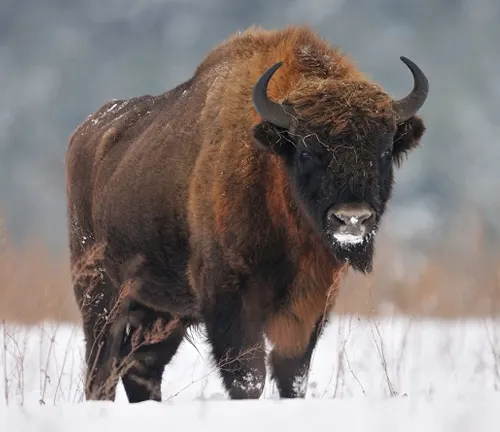
European Bison
(Bison bonasus)
Also known as the Wisent, the European Bison is a distinct species from the Steppe Bison.
Historically found in European woodlands, it faced near-extinction but conservation efforts have led to population recovery.
Yakutian Bison
(Bison bonasus eximius)
A subspecies of the European Bison, the Yakutian Bison is adapted to the harsh conditions of the Siberian taiga and tundra.
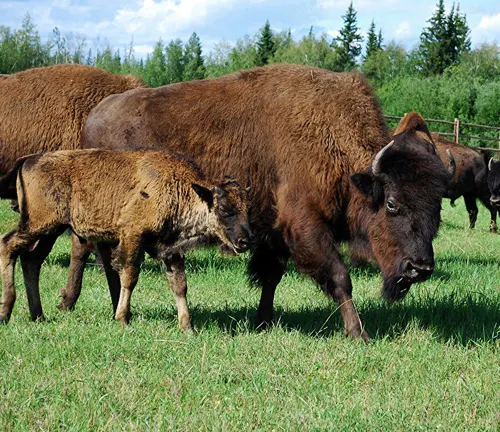
Frequently Asked Questions (FAQs)
- What is the Steppe Bison?
The Steppe Bison (Bison priscus) is an extinct species of bison that lived during the Pleistocene epoch. It roamed the vast steppes of Eurasia and is known for its distinctive physical features. - How is the Steppe Bison different from other bison species?
The Steppe Bison shared a common ancestry with contemporary bison species, but it had unique physical characteristics adapted to the Pleistocene environment, such as a massive hump and distinctive horns. - What was the habitat range of the Steppe Bison?
The Steppe Bison inhabited a broad range of environments, from the icy tundra of Siberia to the temperate grasslands of western Europe. - Why did the Steppe Bison go extinct?
The exact reasons for the extinction of the Steppe Bison are not fully understood, but a combination of climate change, human hunting, and ecological factors likely played a role. - What was the ecological role of the Steppe Bison?
The Steppe Bison played a crucial role in shaping the Pleistocene ecosystem through its grazing habits, influencing vegetation, and interacting with other megafauna. - Are there any living descendants of the Steppe Bison?
No, the Steppe Bison is extinct. However, there are surviving bison species, such as the European Bison, which share a common ancestry with the Steppe Bison. - How do scientists study the Steppe Bison?
Scientists study the Steppe Bison through paleontological methods, examining fossilized remains and conducting analyses to understand its biology, behavior, and interactions with the environment. - Did humans hunt the Steppe Bison?
There is evidence to suggest that humans were likely hunters of the Steppe Bison, contributing to its decline and eventual extinction. - What is the significance of the Steppe Bison in paleontology?
The Steppe Bison provides valuable insights into the biodiversity of the Pleistocene era and the interconnectedness of species in ancient ecosystems. - Are there efforts to clone or resurrect the Steppe Bison?
While there have been discussions about cloning extinct species, as of now, there are no successful attempts to clone the Steppe Bison. Conservation efforts instead focus on surviving bison species.


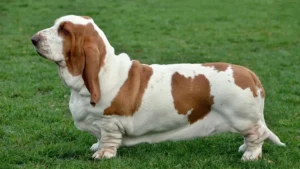


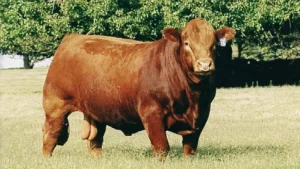
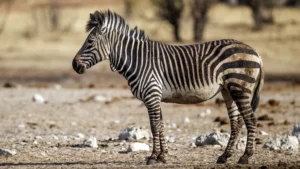

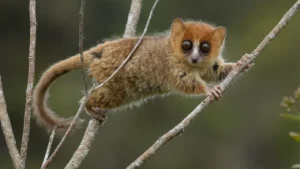

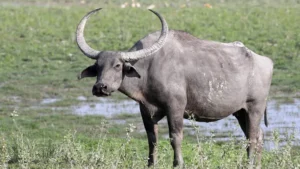



Leave your comment